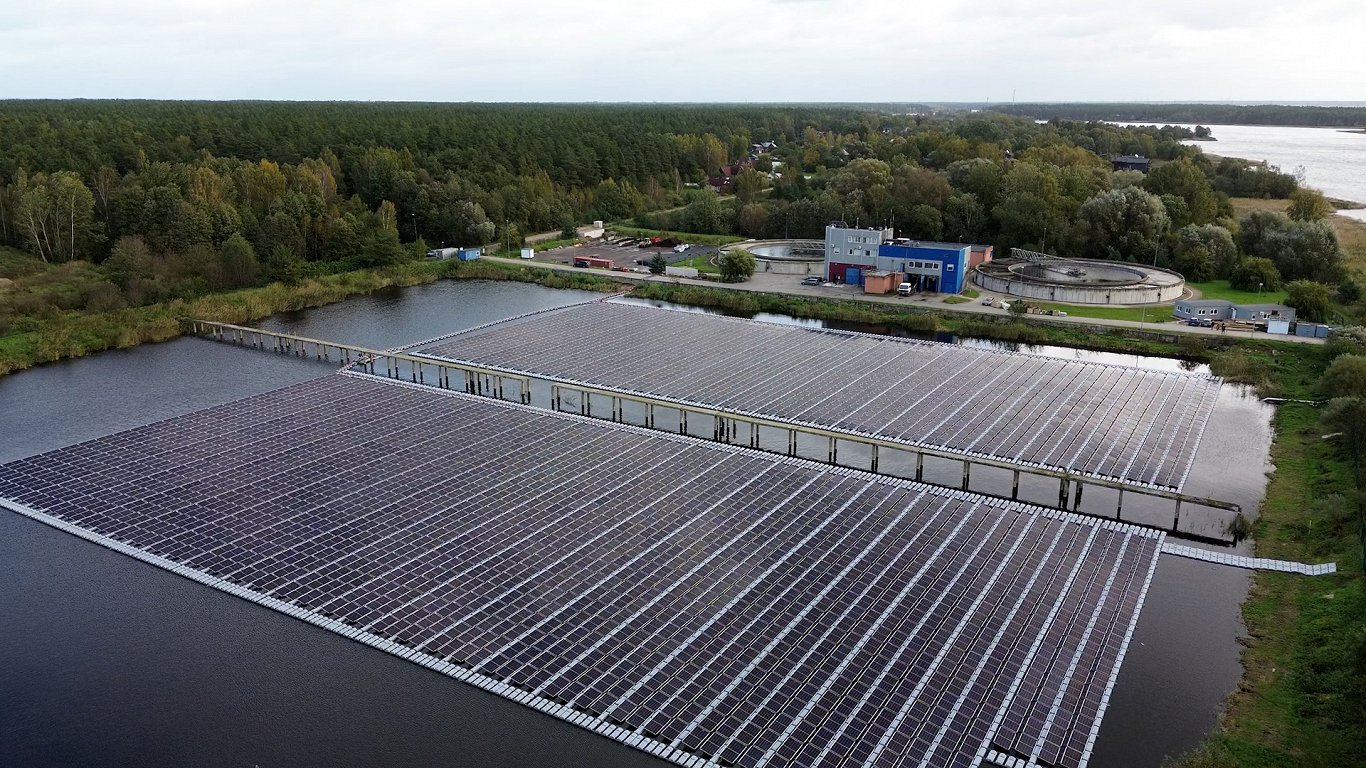Of the 300 MW, about 53% were micro-generation plants, and the rest were solar power plants. Microgeneration saw its biggest breakthrough in 2022, but 2023 has become a turning point in the development of solar power plants.
The total number of solar plants connected to “Sadales Tīkls” was 700 late last year, of which around 500 with a total production capacity of around 130 MW were connected in 2023.
The rate of development of micro-generation was also still relatively rapid last year – the total number of solar micro-generators connected to the distribution system reached 19,000 at the end of 2023, of which nearly 8,000 with a total production capacity of nearly 70 MW were connected in the last year.
ST Board Chairman Sandis Jansons said that solar power has been a notable addition to the country's total energy portfolio in recent years – solar panels generated more than 128 gigawatt hours (GWh) of electricity in 2023. In Latvia's total electricity production balance, it is still a small part – about 2%.
However, it is expected that this will change as development of the network continues. Capacity reserved for prospective solar power plants at the distribution system operator currently is 830 MW.






























